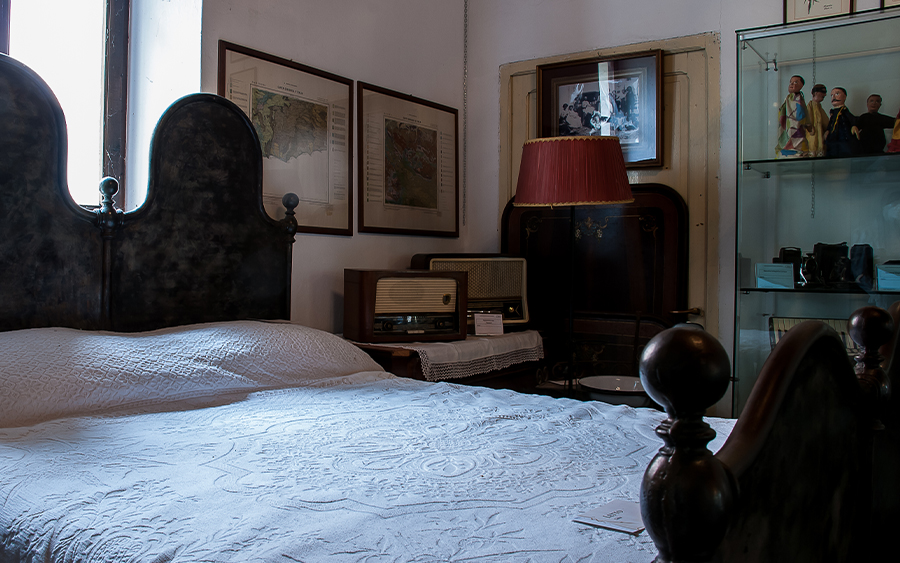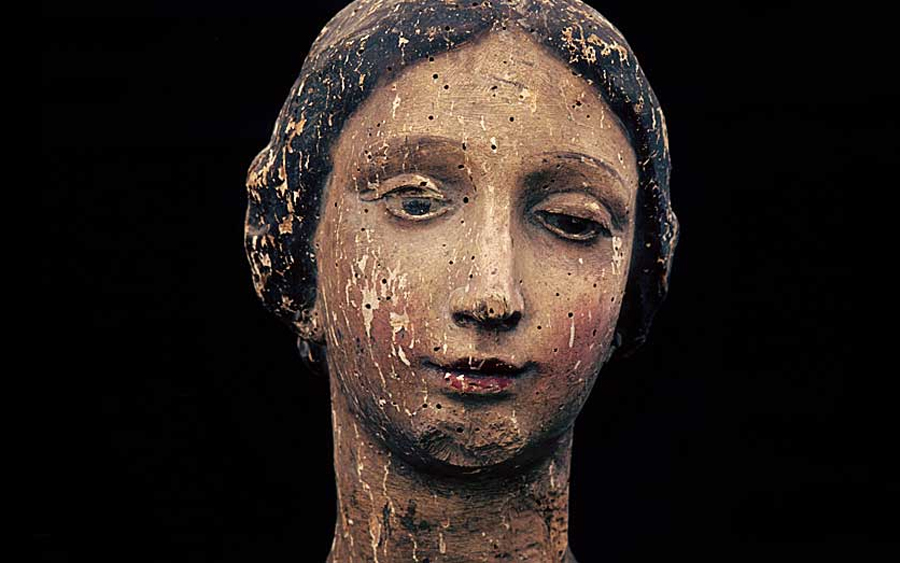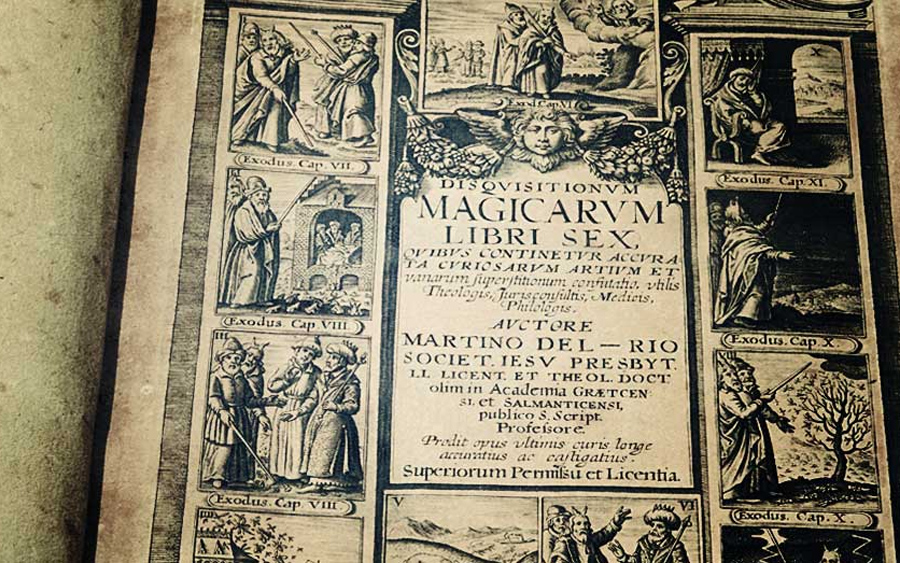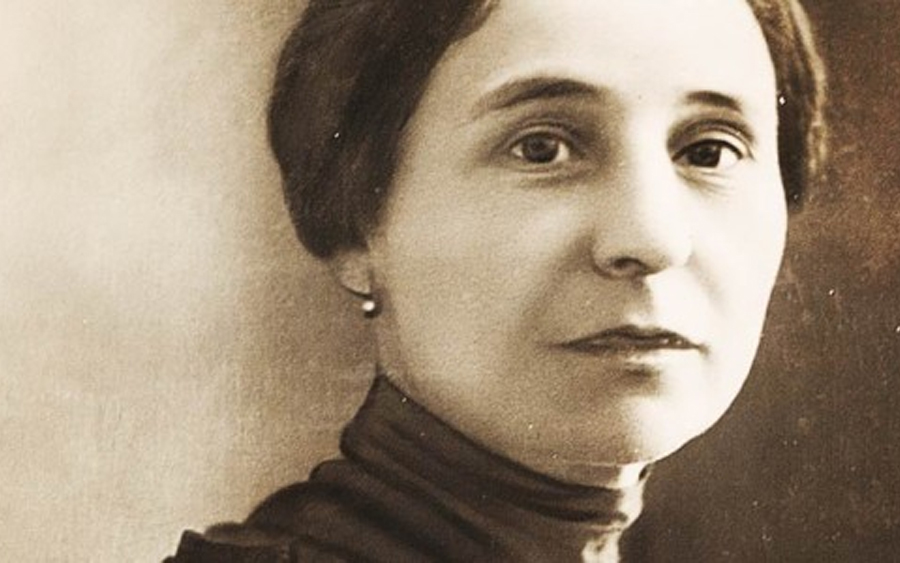Another museum reality
Arts and crafts
At the far end of the room, as you enter on the right, the old bell clock of the Collegiate Church seems to implacably strike the minutes. On the right, the plastic dolls are a reminder of a happy time, when a doll factory was set up in the village in 1965.
In a showcase in the centre of the room there are some documents of great historical importance, including a parchment choir book or antiphonary by the Triora canon Giovanni Maria Capponi.
In the large showcase at the side there are two spectacular accordions made by the Salas company of Stradella, which were played for a long time by Domenico Meneghìn Alberti di Grattino, born in 1896, who was blinded by injuries sustained during the First World War.


Archaeology
ith the help of some maps, captions and casts, the results of his research over a period of several years are displayed. Although today most of the objects found are exhibited in the Sanremo museum in Palazzo Borea d’Olmo, there are still several funerary objects collected from the bones of no less than four individuals in the Arma della Gastea and fragments of two or three square-mouthed vases and other impasto vases, together with bone finds, discovered in the Tana della Volpe in Loreto, dating back to the Middle Neolithic (3800-3000 BC).
Finally, an archaeological map conveniently indicates the sites of the finds.
Animals
The territory of Triora is an area of great zoogeographical interest, also because it represents the northern boundary for various Apennine entities, the southern boundary for other species with an Alpine distribution, the eastern boundary for various Mediterranean-western or Provençal forms, and the western boundary for other entities with an eastern-European distribution.(Prof. Enrico Martini)
In this room, numerous species of birds of prey and birds, rodents and large mammals are displayed.


Memories
In this room the visitor can observe a thematic collection of manuals, historical studies, non-fiction and fiction on magic, witchcraft and the Inquisition.
Walking down the corridor, then, one comes across two large boards with overlapping and interwoven pieces of wood: these are the Doors of the Witches’ Palace of Triora, made by the imaginative local artist Riccardopittore.
Finally, the photos along the walls recall memories, some of which are still alive and indelible, a long journey of nostalgia for things lost and for the simplicity of everyday acts.
Hall dedicated to Margherita Brassetti
The memory of Margherita Brassetti is still alive in the minds of older people. Her charitable activities, her hardships and her life are recounted in her diaries, photographs and cilicians, but above all in the writings of her closest friends and in the little thoughts that her schoolchildren dedicated to her at her funeral.
The people of Triora, in gratitude, wanted to dedicate to her this small room full of memories and objects that belonged to her, including a giant photo of her, a gramophone, many photographs and postcards, the bed where she lay down, a bedspread, a religious candlestick and, above all, her precious diaries and some scourging instruments with which she punished herself when she felt she had committed some ‘sin’.

